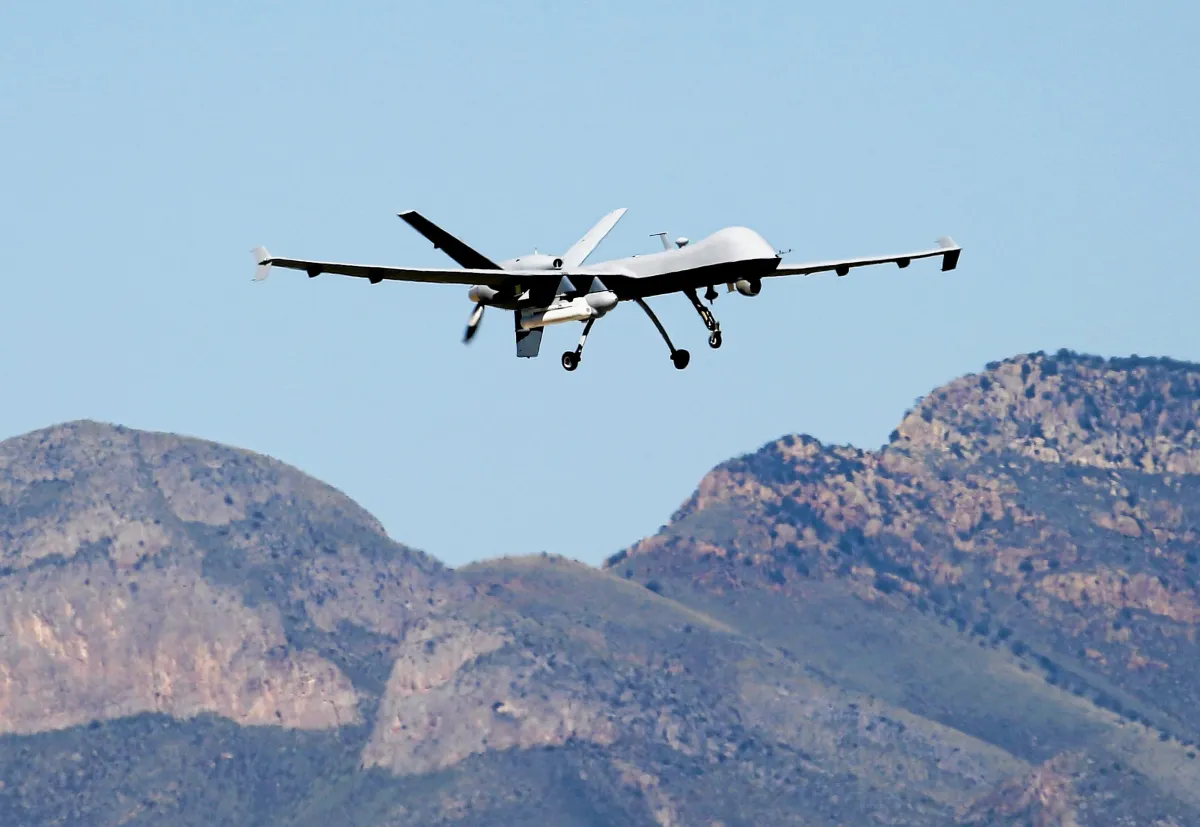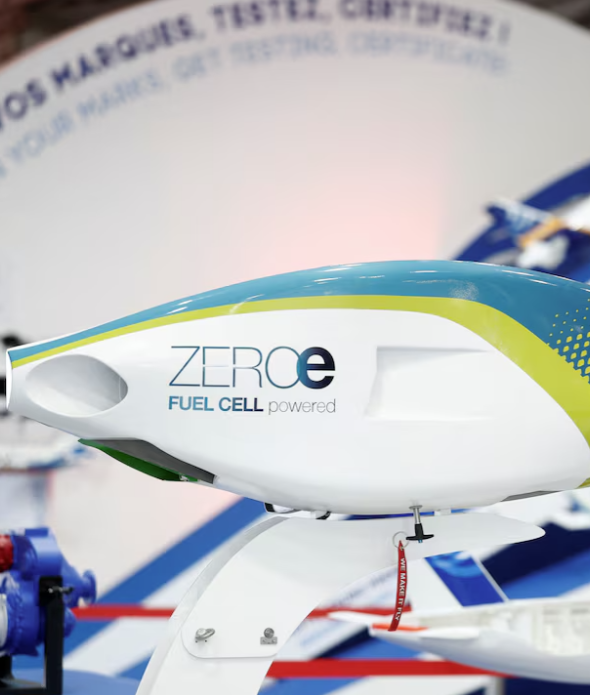
Isoclima
06/06/2025
Share this post

As a company specializing in high-performance transparent solutions for the defense and security sector, in the first quarter of 2025, we participated in Enforce Tac, one of the most renowned events in the global military industry.
We want to take this opportunity to highlight Unmanned Vehicles, particularly UAVs and UASs, a category of technologies that took center stage in many of the expert discussions at the event.
In the defense and security fields, terms like these are often heard, but the exact meaning may still be unclear to some. Unmanned Vehicles are vehicles that operate without a human crew. This category includes aerial (UAV), ground (UGV), surface (USV), and underwater (UUV) vehicles, all designed for missions where human presence would be risky or inefficient.
UAVs (Unmanned Aerial Vehicles), better known as drones, are unmanned aircraft used for surveillance, monitoring, and intervention operations. The term UAS (Unmanned Aerial System) refers to the entire system, including the drone itself, the ground control station, software, and all supporting technologies needed for operation. These systems have become an essential part of modern defense and security strategies.
In the military domain, drones have evolved more rapidly than any other technology. The first defensive drone, Predator, dates back to 2001—a large American drone with a simple architecture inspired by the target drones used in training. Initially unarmed, its purpose was to serve as an extension of the human eye, collecting intelligence from a distance.
To understand how and why the Predator evolved into an armed system, consider the CIA’s operations in the Middle East. While attempting to track Taliban movements in Afghanistan, agents were often forced to watch ambushes unfold without being able to intervene. This led to the development of armed drones, a groundbreaking tool for counterterrorism efforts, enabling military action without a direct on-ground presence.
In this scenario, Turkey emerged as a pioneer, developing smaller, lighter, and more efficient drones. These models entered the market at a more affordable price than their American counterparts and were not limited to niche users. Thanks to Turkish innovation, UAVs became an indispensable part of military operations worldwide.
The latest development, called Drago, has been deployed in recent conflicts. To give a sense of scale, it’s estimated that over 100 drones silently patrol every kilometer of territory in conflict zones, always ready to strike.
Moving beyond UAVs, the military has begun integrating small ground robots. These robots are not only tasked with delivering supplies and medical aid on the battlefield but also with laying mines—evolving from simple logistical tools into active weapons of offense. Interestingly, ground vehicles often become targets for aerial drones, creating a sophisticated network of action and counteraction aimed at neutralizing enemy presence.
This same concept applies to marine drones, with some designed for attack, others for protecting offensive units, and yet others for recovering damaged systems. The widespread use of drones is largely due to their low cost and ease of use, features that explain their increasing adoption by terrorist and criminal groups.
The future becomes even more complex with advanced studies already underway in Turkey to develop fully autonomous fighter jets capable of performing maneuvers once thought impossible for human pilots. A clear indication of a future that is already taking shape.
In this rapidly evolving landscape—where technology meets operational needs—Unmanned Systems are not only a strategic opportunity but also a complex challenge. Their growing presence and constant improvements place new responsibilities on the defense sector, particularly in ensuring their controlled and deliberate use.
As renowned war correspondent Robert Fisk once said:
“War has become a technological issue. And the more sophisticated technology becomes, the easier it is to forget that human lives remain at the heart of it.”
This reflection is more relevant than ever, especially when it comes to unmanned systems, where automation sometimes risks overshadowing the weight of human decision-making.
Looking ahead, it’s essential to maintain an ongoing dialogue between industry, government, and research institutions. Innovation must never be an end in itself, but a means to create a safer, more responsible world.


